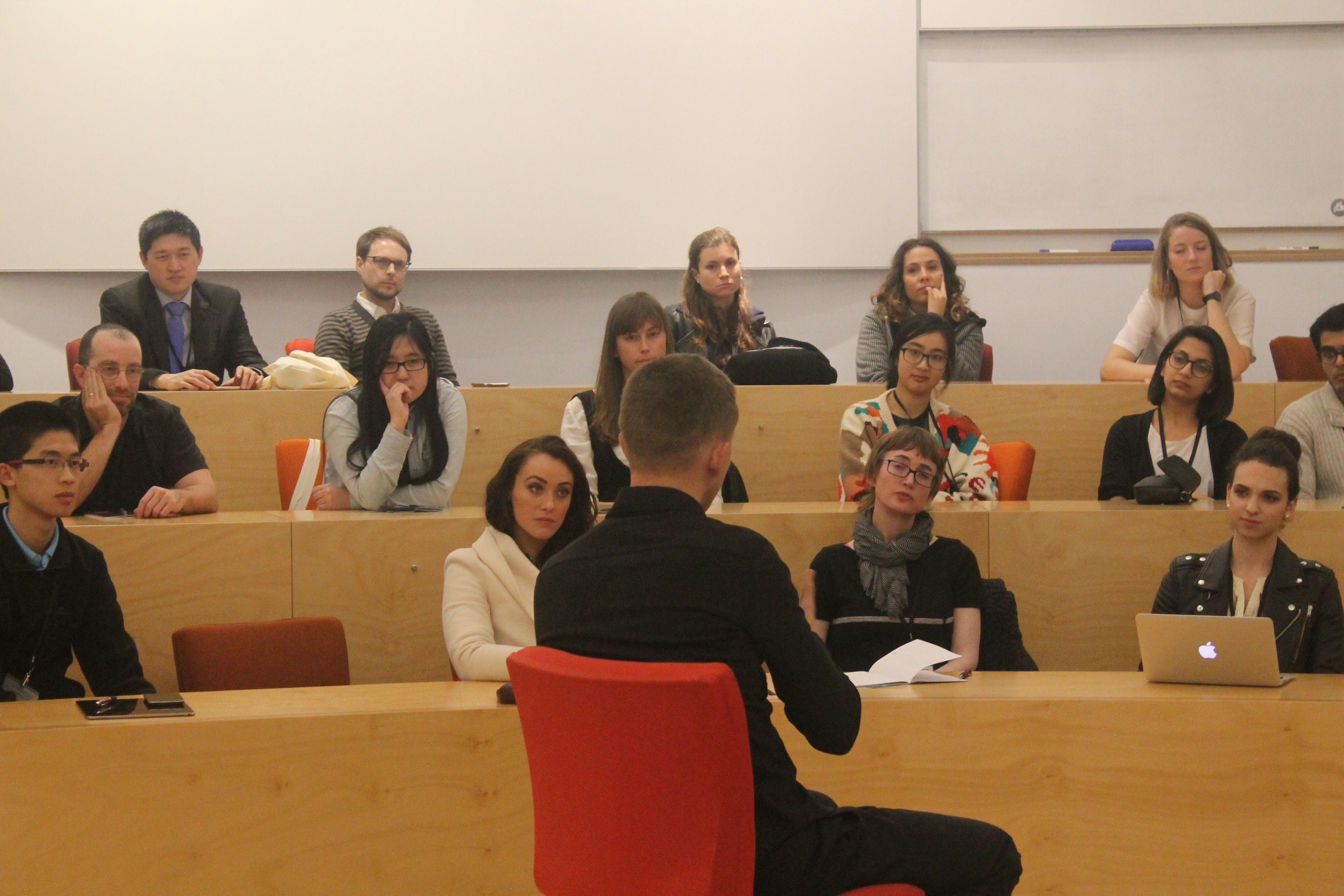
It’s clear to communications practitioners that media organisations are losing editorial control. At a recent conference that Ellis Jones attended, Global Ideas Forum, the Senior Health Editor at The Atlantic, James Hamblin, discussed some of the dynamics at play in this shift –particularly in health news.
“This is a time of the greatest democratization of media since the printing press”
– James Hamblin
Editors and algorithms.
Facebook is often the largest source of any news publication’s traffic. Where editors used to be focussed on how their content is bundled and organised, stories now have a life of their own as they spread across social media, gaining traffic as they go.
But the news isn’t all that spreads in such a way. When everyone converges on the one platform, such as Facebook, actual newsroom journalism appears side-by-side with status updates from Donald Trump. When you look at it that way, everyone is a writer and Facebook is the editor, dictating how content is bundled and organised across your newsfeed.
As Editor, the Facebook algorithm is designed to show people more stories that affirm their beliefs, based on their interactions online. Of course, this keeps users engaged with Facebook for longer periods of time, but it also silos groups of people, making it harder to break across newsfeeds. This has played a big role in the increasing polarization of public opinion.
When it comes to health media, this is a minefield. Whether or not the information is accurate, storytelling reigns supreme and can spread much further than the reasoned articles of health journalists. It’s in this environment that extreme clean eating trends gather momentum, and there’s a silver bullet around every corner. In other words, cutting out sugar will solve all of your problems.
When health news goes ‘viral’.
In his keynote talk at Global Ideas Forum, Hamblin outlined five of the ways that he is seeing health media spread in this environment. With the volume of media noise, where people are only exposed to what they already agree with, writers are reaching audiences by employing five strategies in particular.
Used for better or worse, these strategies involve:
- Breaking actual news: This is difficult to do and not very common – a combination of right place, right time and right amount of luck.
- Providing unique synthesis or perspective: More common than breaking news will be providing synthesis and perspective as an expert, telling a complex story in an interesting way. This gives people space to re-engage with stale topics to put a new spin on it, easing the challenge of keeping slow burn issues such as obesity relevant on a day-to-day basis.
- Entertaining: Although many doctors and scientists feel they won’t be taken seriously if they’re not writing as a traditional academic, readers have a lot of respect for writers who can pull off entertainment in health media. Making serious topics entertaining is no easy feat.
- Oversimplifying or overpromising: Often, the more you can simplify and promise, the higher your ratings will be. This is where the silver bullet shines through.
- Scaring: When employed strategically for talking about actual threats, this is a useful and important technique. That said, it is easily and commonly misused – for instance in claims such as “Gluten is this generation’s tobacco” when cigarette smoking causes about one of every five deaths in the United States each year.
Ramifications for writing.
When creating news, writers have two core imperatives: one is personal and driven by performance, and the other is moral, driven by a sense of what is right and good. In our current landscape, these imperatives compete with one another. Whilst wanting to increase readership, writers also have a moral obligation to drive readership through truth rather than sensationalism.
“Journalism is very much a self-policing profession. You should have ten journalists calling out someone who says terrible things, and the reaction stories are generally what gets the eyeballs.”
– James Hamblin
For health media to self-regulate, practitioners and experts need to be involved in the conversation, giving counter views and balancing public opinion in a way that reaches newsfeeds across silos.
In his talk, James Hamblin gave some suggestions for writing approaches that can put forth an opinion without contributing to the polarising of public opinion, and further dividing people. These included:
- Convey urgency and relevance.
- Model empathy and compassion.
- Humour is great, but always punch upwards; don’t do it at the expense of marginalised groups.
- Convey intelligence through clarity and insight, not jargon or formality.
- Be sincere, humble, open-minded, transparent.
- Don’t be predictable.
- Try to end at a door.
So to take on Hamblin’s advice and end at a door…


